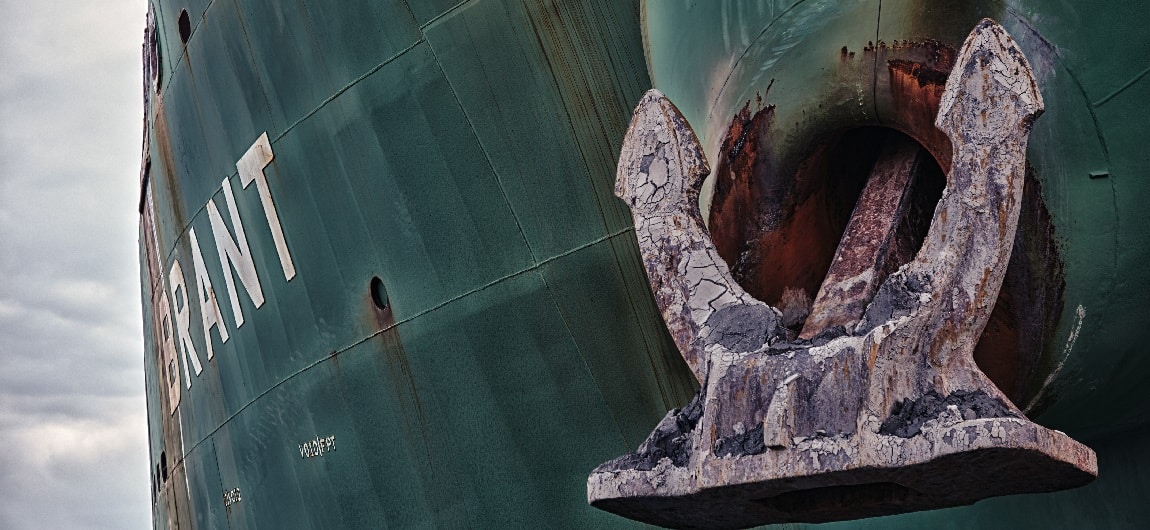The solution shipping lines have come to seems simple. Increase the capacity of the vessels on the route. Bigger ships = more container capacity…. but was this the answer they needed? Such a change will have an impact on the operations of major stakeholders.
The Consumer
As the Ultra Large Container Vessels (ULCV) grow and are able to facilitate thousands more containers, the expenses to the shipping lines don’t actually grow at the same rate, nor the demand. The massive increase in capacity is definitely with a view to future demand. Due to this, the shipping lines will need to fill their containers to avoid losing money, and can afford to offer them at lower rates, benefiting the consumer hugely.
When the demand for container space is high around Christmas and the Chinese New Year rates can peak naturally due to market forces. However, in order to run at a profit when there is less demand the shipping lines often implement artificial rate increases. This produces unstable rates which the increased capacity brought by larger ships will not help.
Evidently there will teething pains along the process, but ultimately the increase in vessel capacity will affect the consumer positively.
The Ports
With vessels able to carry over 19,000 TEU (Twenty Foot Equivalent Units (1 20ft container = 1TEU; 1 x 40ft container = 2TEU)) already in operation, and other shipping lines planning even bigger vessels, the ports seemingly struggle to handle the huge volumes on board these huge ships.
The speed and precision required to unload these super ships in time for the next vessel to dock isn’t always successful and is contributing to a lot of congestion and delays. There is also another factor to consider and that is whether or not the ports will even be able to facilitate berthing of these ever growing vessels.
There is not a single port in the US that has the facility, and the UK’s major port of Felixstowe has recently invested hundreds of millions into expanding their deep water berth to manage the ULCV’s. If this growth continues, the ports physically won’t be able to manage without huge investments being made.
The Shipping lines
It seems the publicity received by these massive ships has brought on competition, but it isn’t just publicity the lines want. The shipping lines with larger capacity are able to offer lower shipping costs, undercutting their competitors. This has led to Maersk, CSCL and CMA CGM all aiming to deliver bigger. With CSCL the current front runners, CMA CGM have spoken of a 23,000 TEU vessel! But will they be able to fill them?
Click here to see our infographic on the two largest containerships roaming our seas.
Trending; cif uk, cfr vs cif, cif delivery
